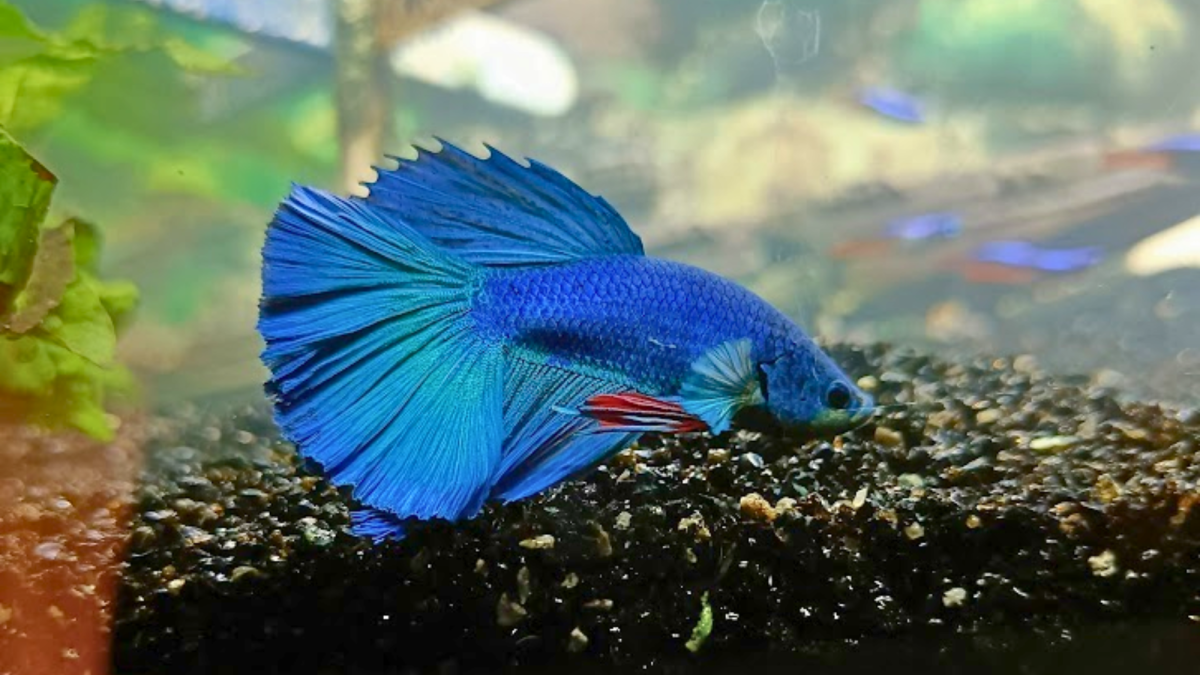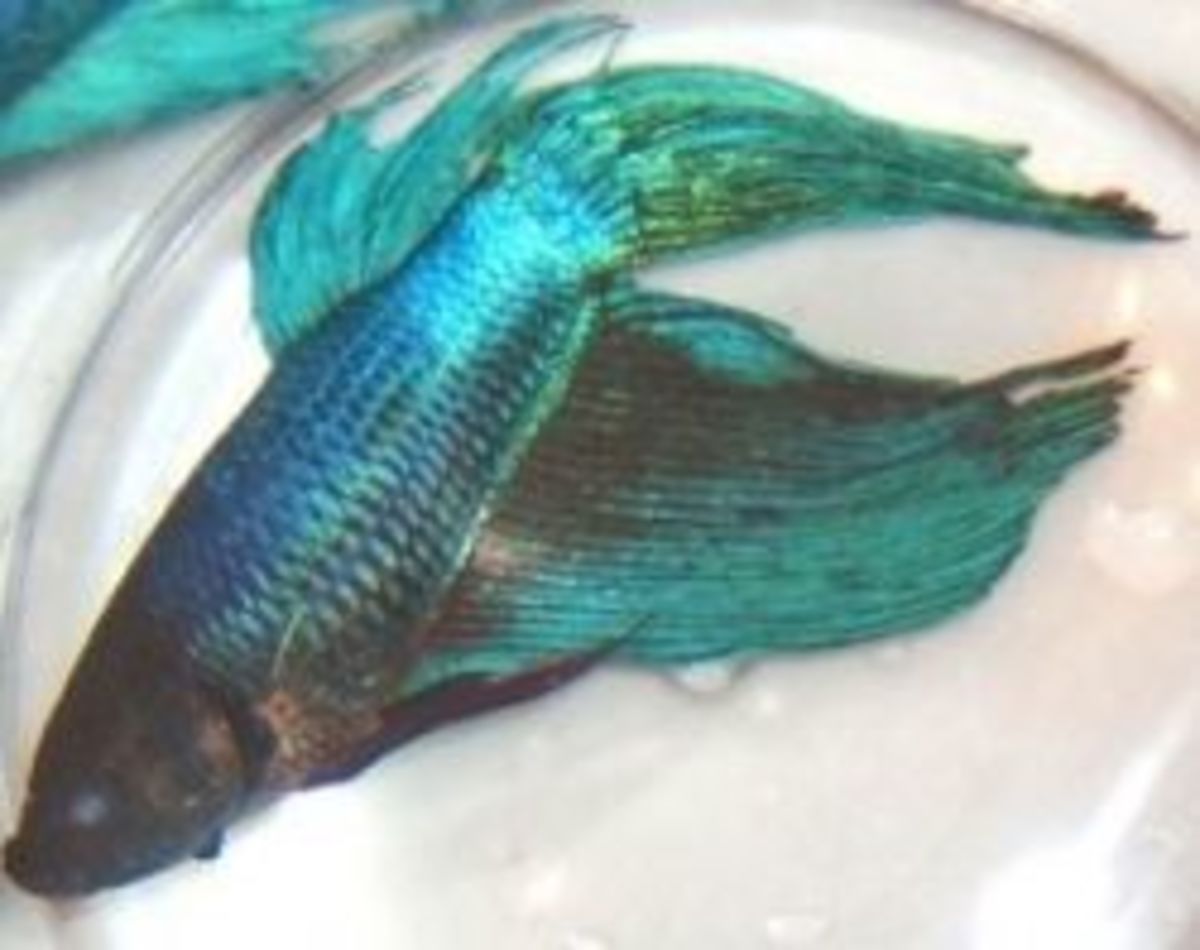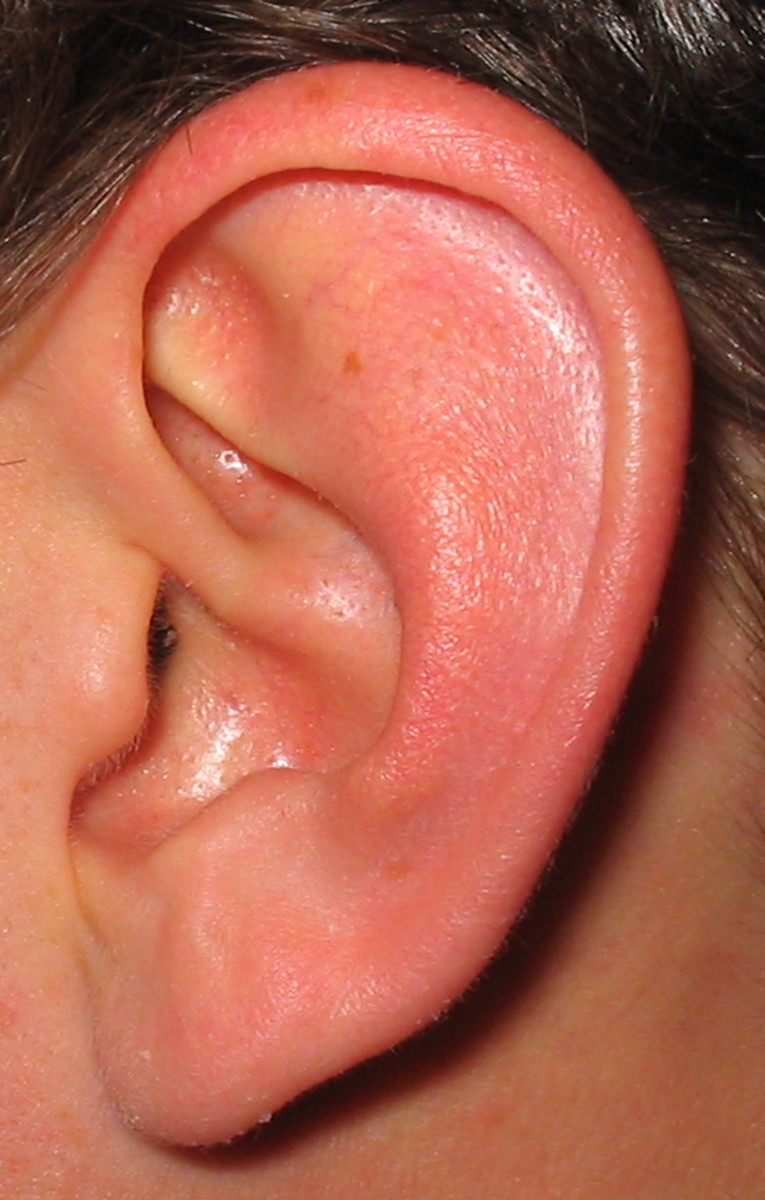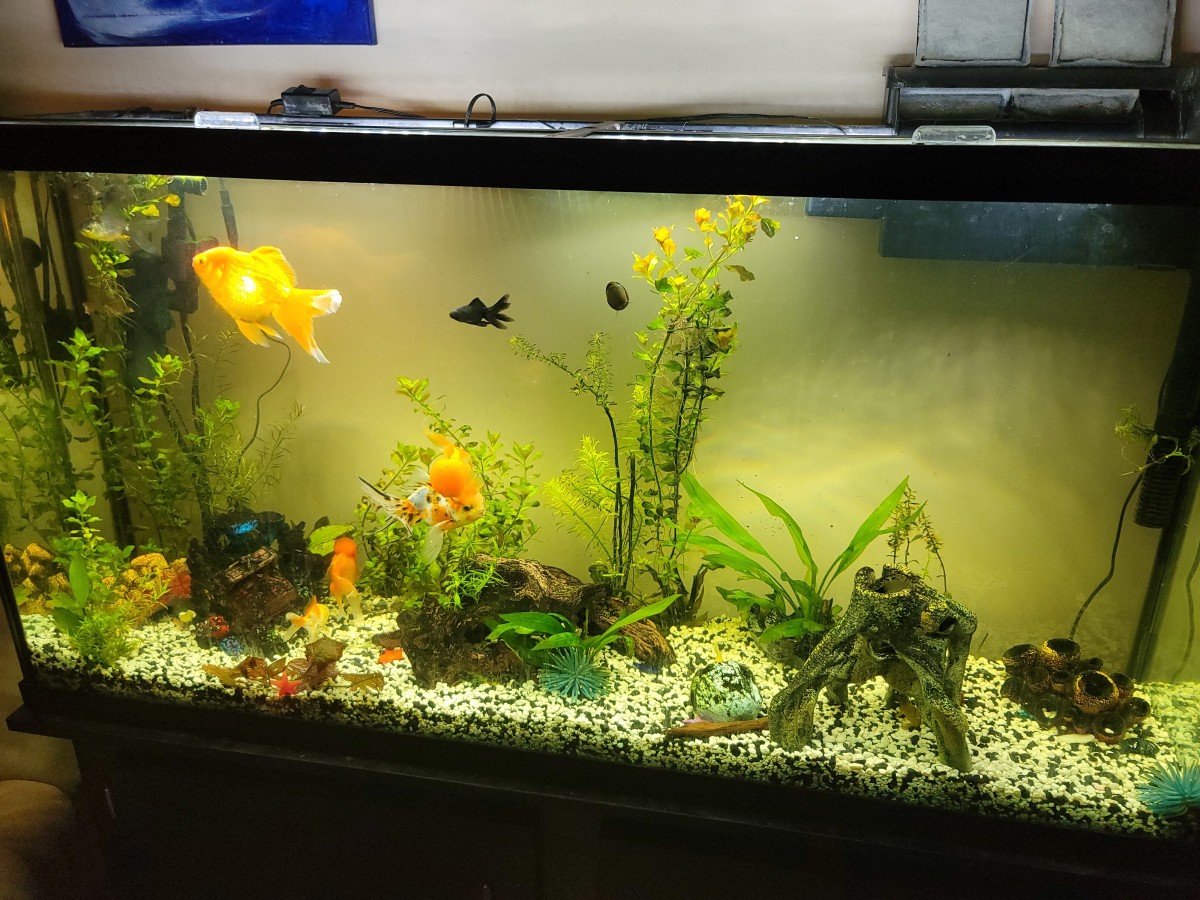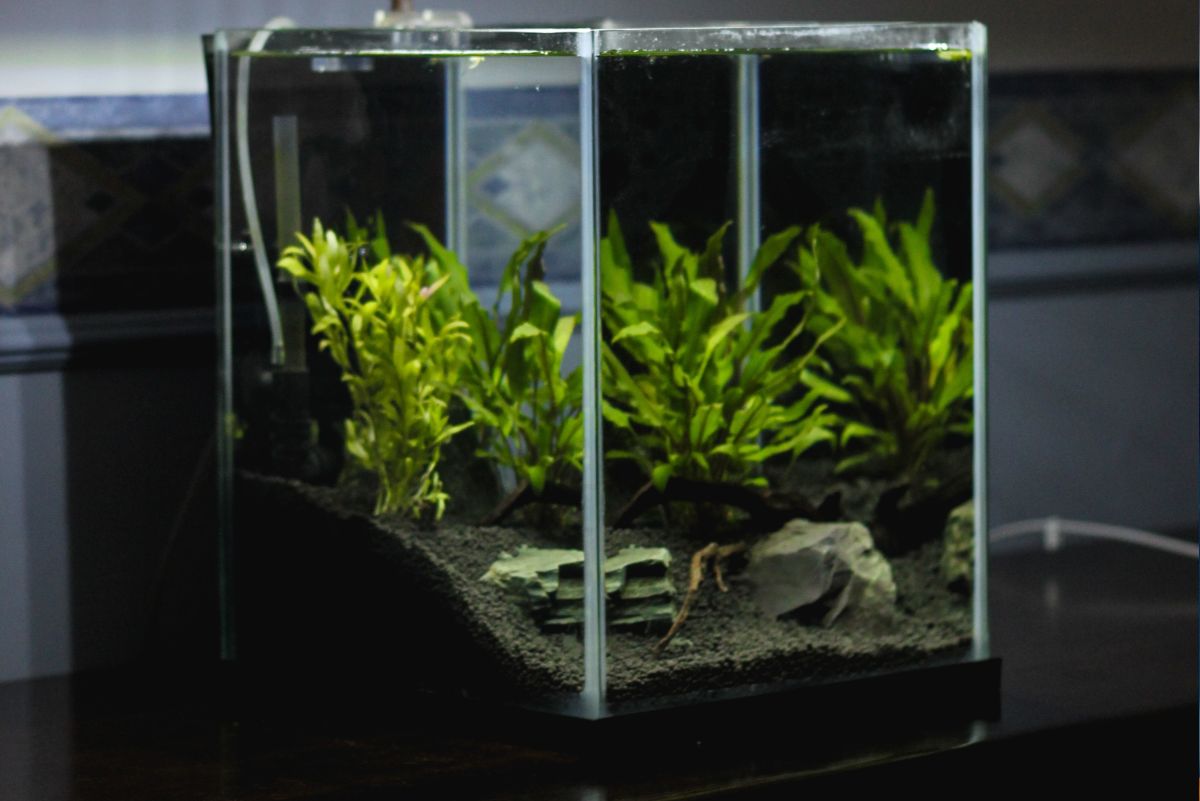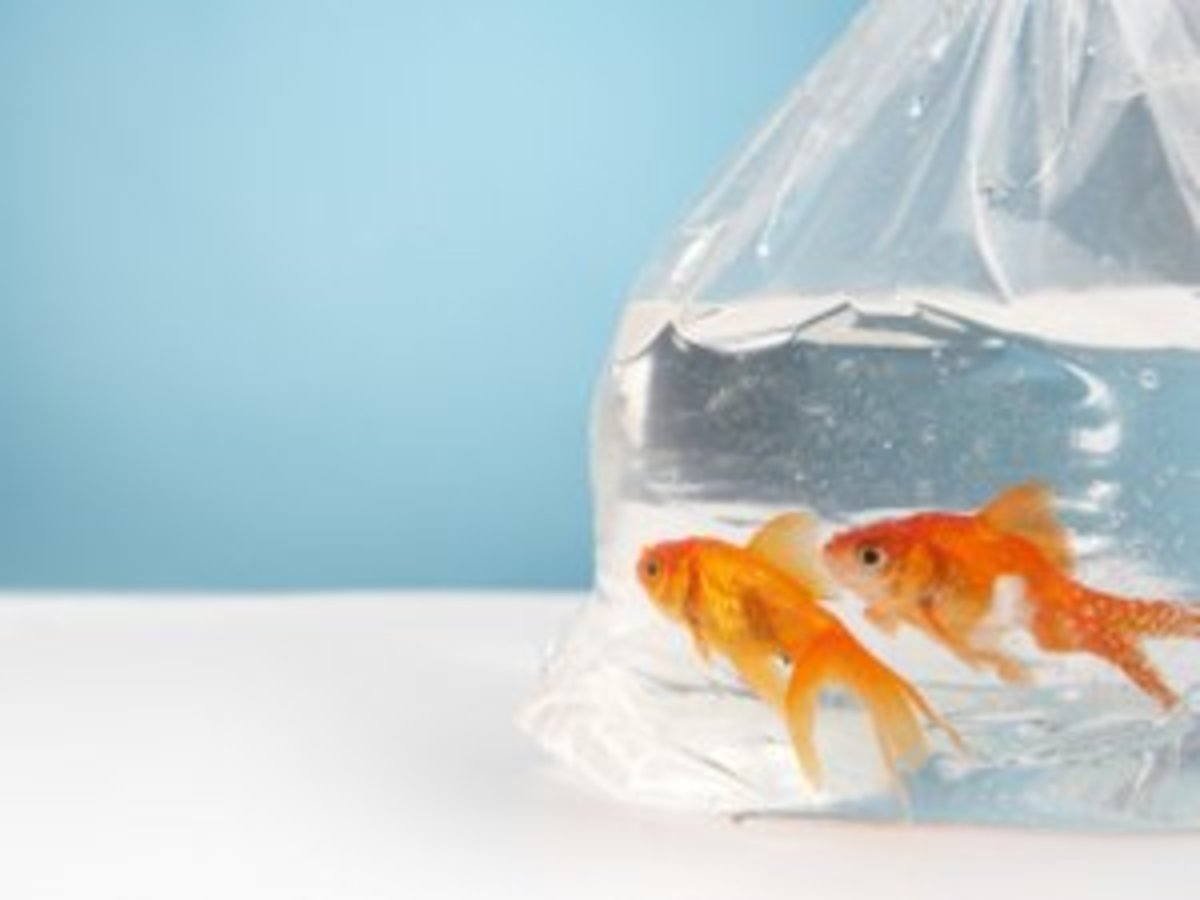How Do I Identify Fin Rot On My Fish?
Another of the disease that the fish of a tropical aquarium can suffer, is the fin rot disease. It is said that it's an opportunistic disease, since it takes advantage of the weakness of the fish (caused by stress conditions or another illness) to attack it.
It is a disease caused by the bacteria that normally is in the aquarium. A confluence of factors can cause the microorganisms present in the aquarium to become pathogens. It is not easy to diagnose, because it has almost no symptoms.
Unlike other diseases, the fin rot disease does not cause changes in the behavior of the fish. The first symptom is the appearance of a white border on the fins. It usually affects first the caudal fin.
The edges of the fins turn whitish and milky when the disease is in its first stage. The bacteria cause the necrosis of the fin's tissue. Gradually the fin is reduced to a small stump when the disease is advanced.
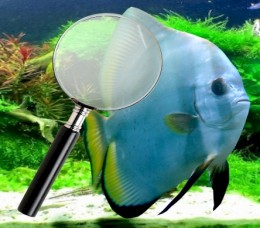
If the disease progresses the affected area becomes a well marked line, definedly whitish, that covers the soft tissue of the edge of the fin.
This line is nothing less than the disintegration of the tissue under attack, in addition to an increase of epitelial secretion that produces the body of the fish.
The illness progresses not only destroying the soft tissues, but also the cartilaginous fin rays, and the fin is slowly dissolved.
It should not be allowed that the disease reach the caudal peduncle, because in that phase it is difficult to eliminate. If it reaches the caudal peduncle, it will affect the bloodstream causing septicemia, that can cause the death of the fish.
Identify and Treat Health Problems such as White Spot, Velvet and Fin Rot in your tropical fish, saving on vet bills and headaches.
The disease is highly contagious and may spread by water or by contact. It is very common that it is accompanied by secondary infections caused by fungus.
If the disease is detected at the initial stage, it's easy to eliminate. It is important to take action early to avoid that the affected tissues are damaged. A fish can be bitten in the fins by other fish of the aquarium.
Be careful of not confusing a fin bitten with the fin rot disease. For that reason, it's very important the presence of the whitish and milky edge in the fins to be sure that the disease has been declared.

